The world of plants has always been a source of fascination for scientists, explorers, and nature enthusiasts alike. From the towering redwoods of California to the delicate orchids of the Amazon rainforest, the diversity of plant life on our planet is nothing short of astonishing. Over the centuries, humans have ventured into uncharted territories, driven by an insatiable curiosity to discover and document new species. These explorations have not only expanded our understanding of botany but have also revealed the intricate connections between plants and the ecosystems they inhabit.
The Age of Plant Exploration began in earnest during the 18th and 19th centuries, when intrepid botanists embarked on perilous journeys to remote corners of the globe. These early explorers faced unimaginable hardships—treacherous terrain, hostile climates, and the constant threat of disease. Yet, their efforts laid the foundation for modern botany. Figures like Sir Joseph Banks, who accompanied Captain James Cook on his voyages, and Alexander von Humboldt, whose expeditions through South America revolutionized our understanding of plant geography, became legends in their own right. Their collections of specimens and detailed observations provided invaluable insights into the natural world.
Today, plant exploration continues, though the methods and motivations have evolved. Modern botanists are as likely to use satellite imagery and genetic sequencing as they are to wield a machete in the jungle. The focus has shifted from sheer discovery to understanding the ecological roles of plants and their potential benefits to humanity. With climate change and habitat destruction threatening countless species, the urgency to document and preserve plant diversity has never been greater. Conservationists and researchers work tirelessly to identify endangered species and protect their habitats, often racing against time to save them from extinction.
The Hidden Treasures of the Plant Kingdom are not limited to exotic locales. Even in urban environments, plants thrive in unexpected places, adapting to the challenges of city life. Sidewalk cracks, abandoned lots, and rooftop gardens become microhabitats for resilient species. These urban plants, often overlooked, play a crucial role in maintaining biodiversity and improving air quality. They remind us that nature’s ingenuity knows no bounds, and that exploration can begin right outside our doorstep.
One of the most exciting aspects of plant exploration is the potential for discovering new medicinal compounds. Indigenous peoples have long relied on plants for healing, and modern science is increasingly turning to traditional knowledge for clues. The rosy periwinkle, a humble plant native to Madagascar, yielded compounds that revolutionized cancer treatment. Similarly, the bark of the Pacific yew tree became the source of Taxol, a powerful chemotherapy drug. These discoveries underscore the importance of preserving plant diversity, as the next breakthrough could be hiding in an undiscovered species or a forgotten remedy.
Despite the advances in technology, the thrill of stumbling upon an unknown plant in the wild remains unmatched. For botanists, the moment of discovery is a blend of excitement and humility—a reminder of how much there still is to learn. Each new species adds a piece to the puzzle of life on Earth, revealing the astonishing adaptability and resilience of plants. Whether it’s a tiny moss clinging to a rock face or a sprawling canopy tree, every plant has a story to tell.
The Future of Plant Exploration lies in collaboration. Scientists, local communities, and governments must work together to protect and study the world’s flora. Citizen science initiatives are empowering ordinary people to contribute to botanical research, turning every nature walk into a potential expedition. Meanwhile, seed banks and botanical gardens serve as arks of biodiversity, safeguarding species for future generations. As we continue to explore, we must also reflect on our responsibility to preserve the natural world—not just for its intrinsic value, but for the survival of our own species.
In the end, plant exploration is more than just a scientific pursuit. It is a testament to human curiosity and our enduring connection to the natural world. Every leaf, flower, and root holds secrets waiting to be uncovered, and the journey to understand them is far from over. The next great discovery could be just around the corner, hidden in plain sight or deep within a rainforest, reminding us that the age of exploration is alive and well.
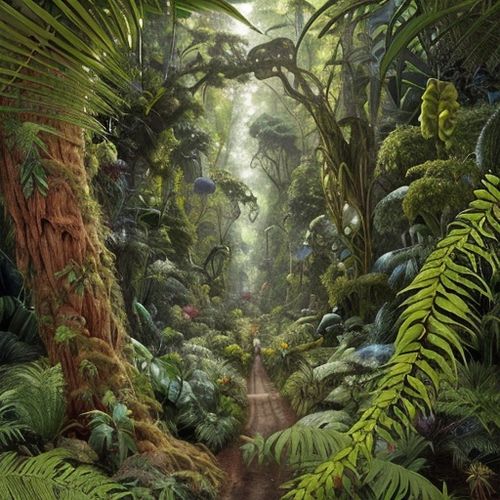
By George Bailey/Apr 28, 2025
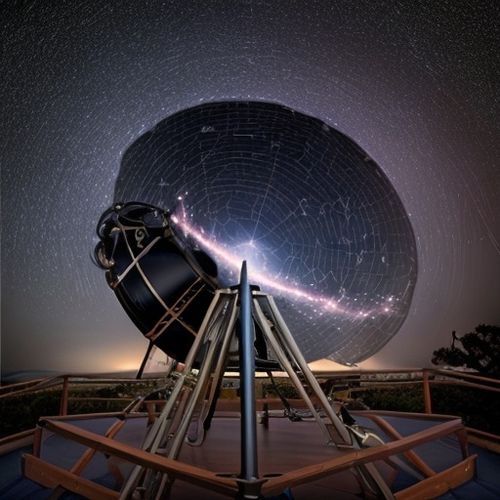
By Lily Simpson/Apr 28, 2025

By Grace Cox/Apr 28, 2025
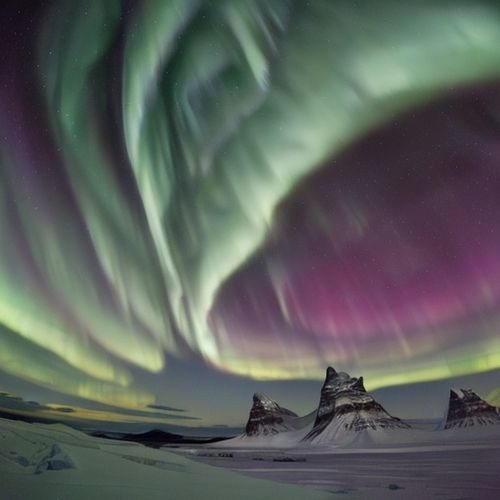
By David Anderson/Apr 28, 2025
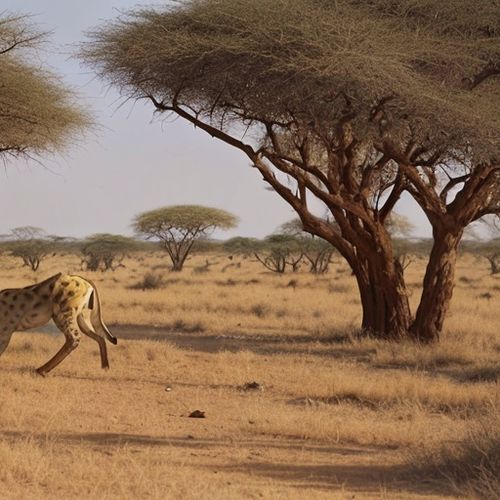
By Megan Clark/Apr 28, 2025

By Natalie Campbell/Apr 28, 2025
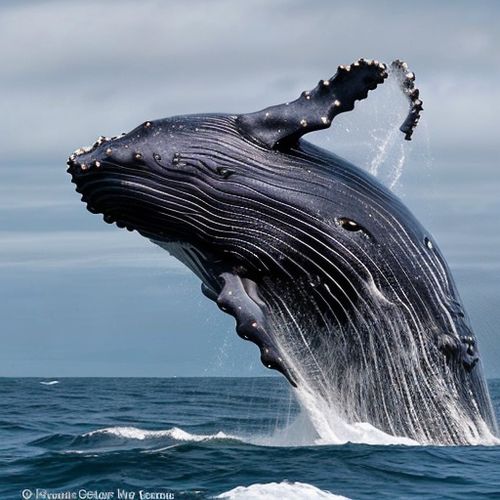
By Olivia Reed/Apr 28, 2025

By Rebecca Stewart/Apr 28, 2025

By Eric Ward/Apr 28, 2025

By Grace Cox/Apr 28, 2025

By Noah Bell/Apr 28, 2025

By George Bailey/Apr 28, 2025

By Michael Brown/Apr 28, 2025

By Samuel Cooper/Apr 28, 2025

By Laura Wilson/Apr 28, 2025

By David Anderson/Apr 28, 2025
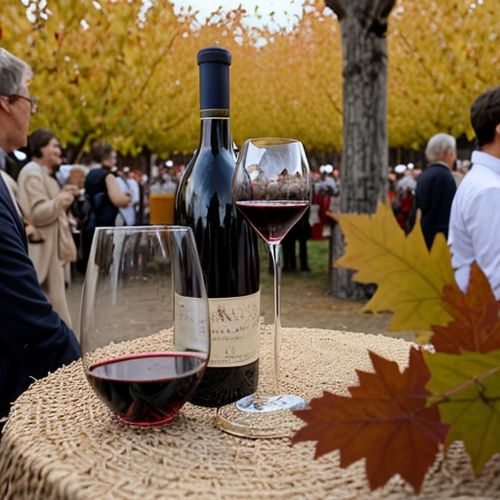
By Noah Bell/Apr 28, 2025

By Benjamin Evans/Apr 28, 2025

By Megan Clark/Apr 28, 2025

By Noah Bell/Apr 28, 2025